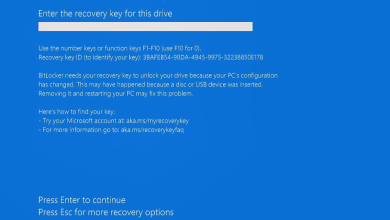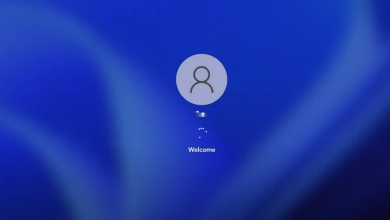How to Update Network Drivers in Windows 10/11?
If you want to improve the performance and stability of your computer’s network connectivity, it is essential to keep your network drivers updated. Fortunately, the process of updating network drivers involves only a few steps and can be completed within a couple of minutes.
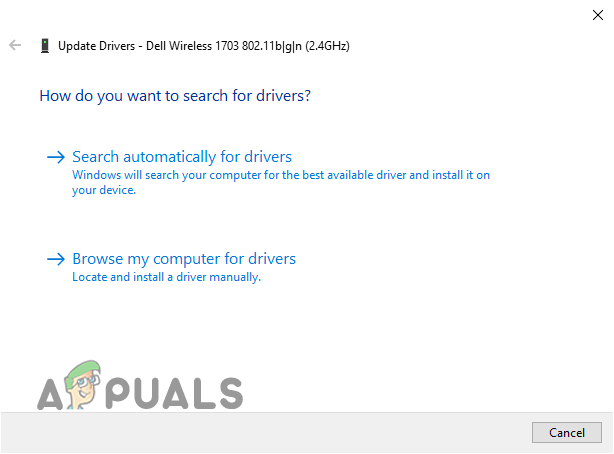
To assist you in updating your network drivers, we have prepared this guide that will demonstrate how to update them in a few simple steps.
How to Update Network Drivers
Windows provides two methods for updating your network drivers: you can either update them manually by selecting a specific driver file, or you can let Windows find the best available driver for you. Both methods are valid for updating your drivers; however, it is generally recommended to update them manually, as this allows you to download the exact version of the driver you desire.
How to Automatically Update Your Network Drivers
To let Windows update your Network Driver automatically, follow the steps we’ve listed below:
- Press and hold the Windows key and press ‘X‘ then select ‘Device Manager‘
- Right-click the Network Adapter and press “Update Drivers” option.
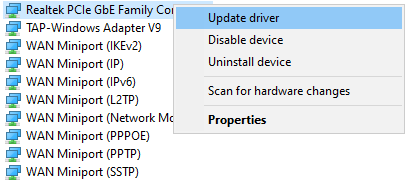
Selecting the Update Drivers option - In the Update Drivers window, select “Search automatically for drivers.”
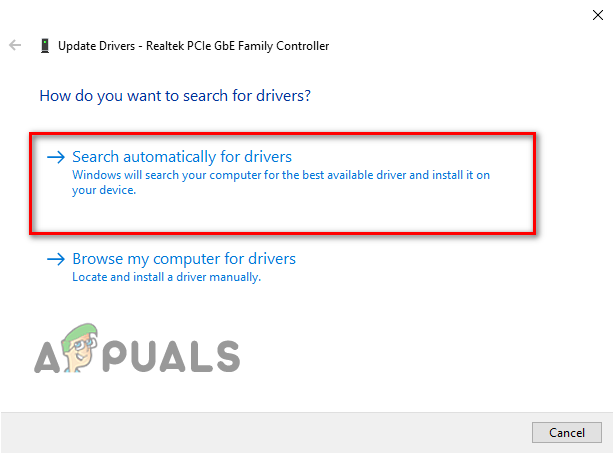
Updating drivers automatically
Please note that this method requires an active internet connection, as Windows searches online to find the best drivers for you.
Once you select that option, Windows will run a quick scan to locate the optimal drivers for your adapter. If it discovers a newer version of the driver, it will update it automatically. After the update is completed, remember to restart your PC for the changes to take effect.
However, if it fails to find a superior or newer driver, it will notify you with a message stating, ‘The best drivers for your device are already installed.’

One thing to keep in mind is that the Windows driver updater generally does not perform well in finding new drivers for your device. Therefore, if you want to automatically keep your drivers updated, it is preferable to utilize trusted third-party Driver Updater software or update your drivers manually.
How to Manually Update Your Network Drivers
If you wish to manually install a newer driver for your Network Adapter, you need to determine the specific Network Adapter installed on your system and the current driver version.
To accomplish this, you can open the Device Manager and access the properties of the network driver in question. In the Properties window, navigate to the Driver tab and review the driver’s date.
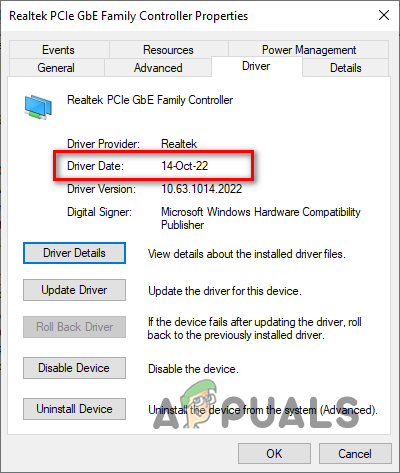
If the Driver Date is very recent, there is no need for you to install new drivers. However, if the driver is extremely outdated, follow these steps to manually update it to the latest version:
- Open a web browser and search for “(Network Adapter name) drivers” on Google.
- Visit the official website of your Network Adapter’s manufacturer.

Visiting your Network Adapter Manufacturers website - Download the latest driver for your specific version of Windows.

Downloading latest drivers - If the driver folder is compressed (in a .zip file), extract it by right-clicking on it and selecting the “Extract Here” option.
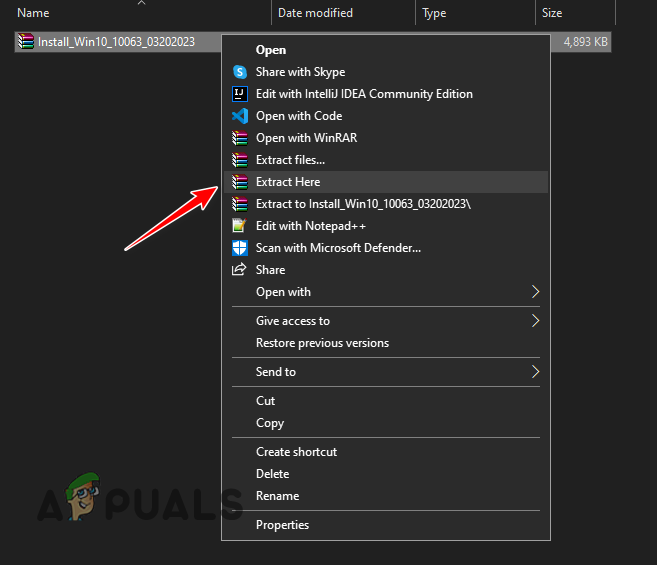
Extracting driver file - Open the Device Manager, right-click on the Network Adapter, and select “Update Driver.

Selecting the Update Drivers option - Select the “Browse my computer for drivers.” option.
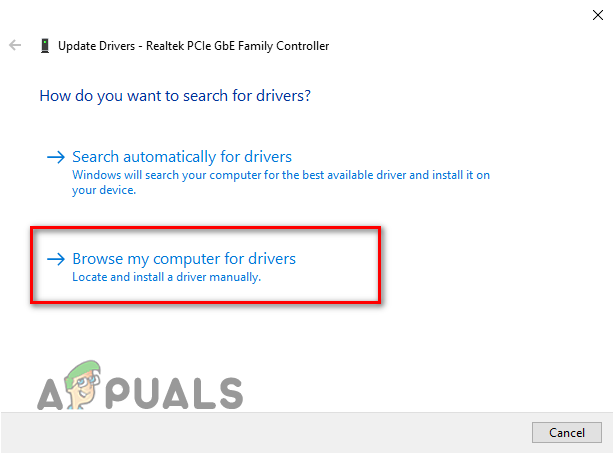
Manually updating drivers - Click on the “Browse” button to open File Explorer and locate the driver folder.
- Select the driver folder and then make sure the “Include subfolders” option is checked.
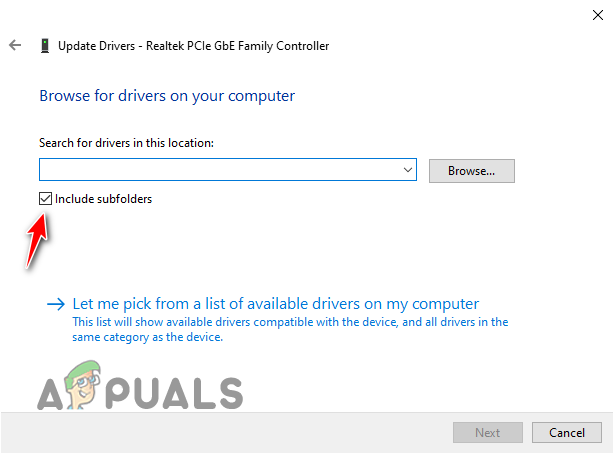
Including subfolders - Press the Next button.
- Wait for the driver to be installed.
- Restart your PC after the update is completed.
Note: Instead of providing driver files for download on their websites, some manufacturers, like Realtek, offer driver installation programs. These programs enable you to update your drivers without the need to use Device Manager.
If you download a driver installation program, simply double-click on it and select “Yes” when prompted to allow the application to make changes to your device. Once the program is open, follow the instructions provided to download the latest driver for your network adapter.
How to Update Your Network Adapter Drivers Using a Third-Party Tool
The final and arguably the most effective way to keep your network adapter drivers updated is by utilizing a third-party driver updater program.
These driver updater programs enable you to easily download newer versions of your drivers with just a single click. They streamline the process, saving you time and effort.
Numerous driver updater programs are available online, each with its own advantages and disadvantages. Some are faster at downloading new drivers, while others excel at identifying the latest drivers for your specific device.
Choosing the best program for your system can be challenging due to the variety of options. In our opinion, programs such as Driver Booster, DriverFix, and Driver Easy are among the most optimized ones available.
If you would like to explore more options, refer to our guide in which we have listed the top five Driver Updater programs for Windows. This guide provides detailed descriptions of the benefits and drawbacks of each program.
Read Next: Update graphics driver in Windows

